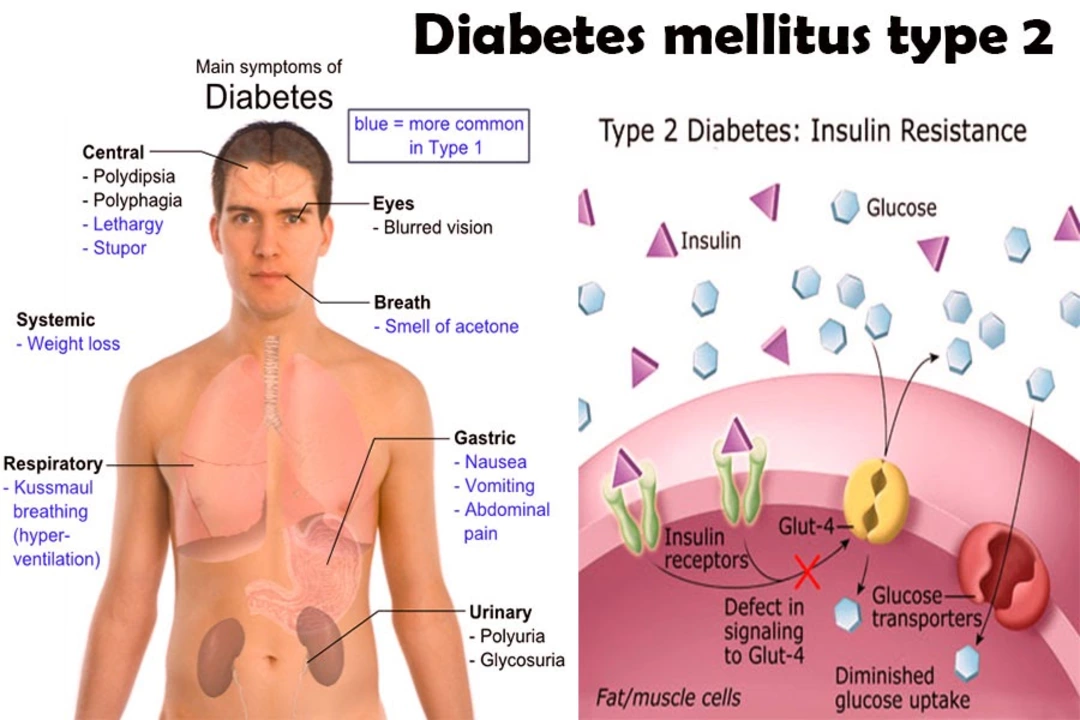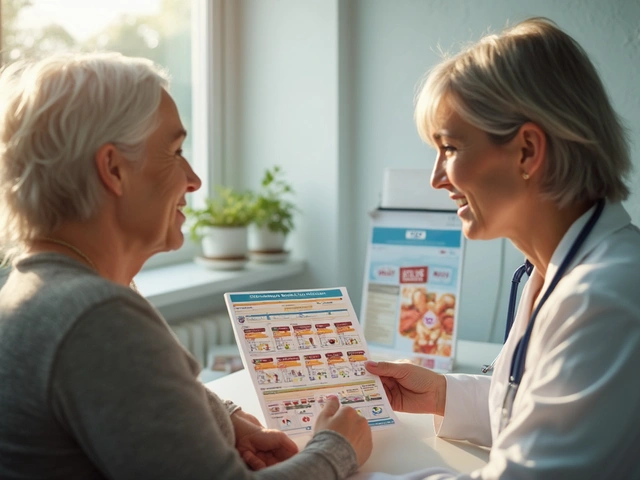Idiopathic Orthostatic Hypotension: Quick Facts and Practical Tips
Idiopathic Orthostatic Hypotension (IOH) causes sudden lightheadedness when you stand up. It happens because your blood pressure drops on standing and doctors can’t find a clear cause like medication or a disease. Clinically, orthostatic hypotension is usually a drop of at least 20 mmHg systolic or 10 mmHg diastolic within three minutes after standing. When no root cause is found after basic testing, it’s often labeled idiopathic.
Symptoms are usually obvious: feeling faint, dizzy, shaky, sweaty, or seeing “grayout” or tunnel vision when you stand. Some people experience weakness, nausea, or an actual fainting spell. Symptoms often start when you first stand, after a long sleep, or after standing still for a long time. They can be mild and annoying or severe enough to cause falls and injuries.
Simple at-home checks and when to see a doctor
Simple checks at home help you and your doctor. Measure your blood pressure and heart rate lying down, then again at one and three minutes after standing. Write down these numbers and the time symptoms happened. If you can’t get reliable readings at home, ask for a clinic tilt-table test or an orthostatic challenge with monitoring. Seek urgent care if you faint and hit your head, have chest pain, shortness of breath, or a very fast or very slow heartbeat.
Common triggers and things to review include dehydration, recent infections, heavy alcohol use, hot environments, long bed rest, and some drugs — especially blood pressure pills, diuretics, antidepressants, and some Parkinson’s medications. Even if testing doesn’t reveal a cause, adjusting triggers often helps a lot.
Practical tips to reduce dizziness and boost blood pressure
Practical steps make daily life safer. Rise slowly: sit on the edge of the bed for 30 to 60 seconds before standing. Wear compression stockings that reach the waist or at least the knees to limit blood pooling in the legs. Boost fluids and salt, but only after checking with your doctor. Small, frequent meals and avoiding big carbs can reduce post-meal drops. Simple leg muscle contractions, ankle pumps, or crossing your legs before you stand can raise blood pressure fast. Avoid hot showers, heavy drinking, and long standing in one place.
If conservative steps aren’t enough, medications can help. Doctors often consider fludrocortisone to expand blood volume or midodrine to raise vascular tone. These drugs need follow-up and monitoring because they can raise supine blood pressure or cause other side effects. A specialist may suggest autonomic testing, blood work for anemia or endocrine issues, or an ECG to rule out cardiac causes.
Keep a short log: date, time, activity before symptoms, and BP readings. That’s the single most useful thing you can bring to an appointment. If symptoms affect work, driving, or cause falls, ask for a referral to a cardiologist or neurologist with autonomic experience. With practical adjustments and good follow-up, many people with idiopathic orthostatic hypotension can reduce symptoms and stay safe.
Talk openly with your doctor about symptoms, a medication review, and simple safety steps for home. Family or housemates should know how to help if you feel faint so you avoid injury and falls.




